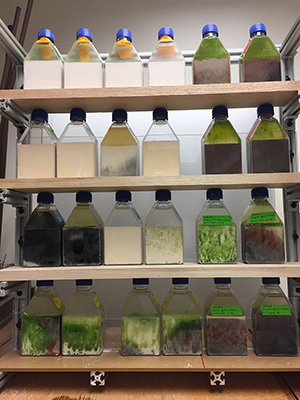Open Source Policy
We strive to make our lab designs and software development openly available and easily accessible to other scientists and students to advance the pace of discovery and promote collaboration. For details, please see the links below and the lab's repositories on GitHub.Facilities
Earth Systems Stable Isotope Laboratory
The CUBES-SIL is a stable isotope analytical core facility housed in the Department of Geological Sciences at CU Boulder. The facility is co-directed by Profs. Katie Snell and Sebastian Kopf, and managed by Dr. Ashley Maloney. The available analytical equipment includes three magnetic sector, gas-source, isotope ratio mass spectrometers designed to measure the relative abundance of stable isotopes of light...
read more
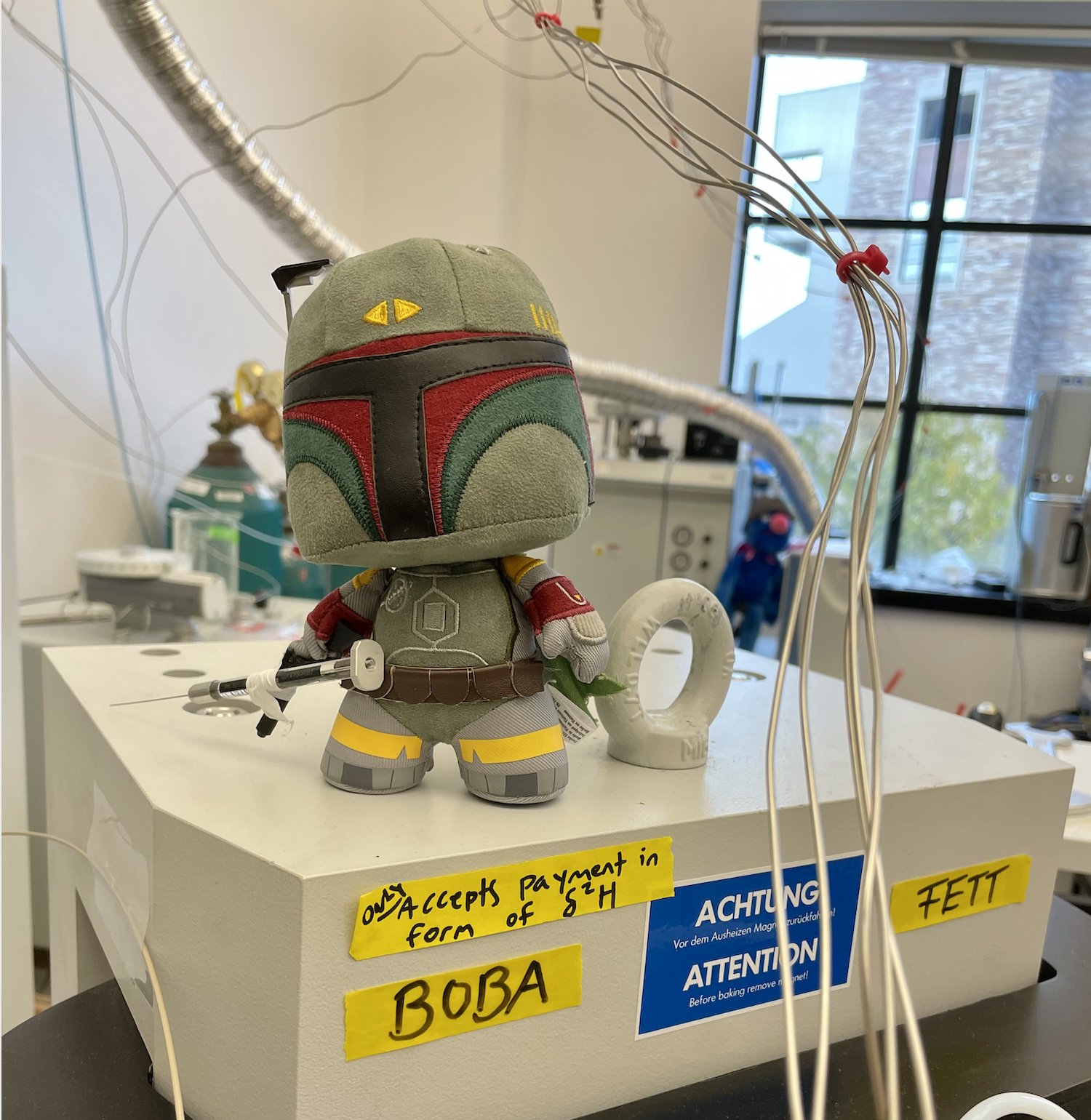
Geomicrobiology Lab
The Geomicorobiology culturing lab is a central resource for the Geobiology community at CU Boulder and beyond that is jointly directed by Profs. Sebastian Kopf and Boswell Wing. The lab occupies ~2000 sq. ft. of newly renovated laboratory space in the Benson Earth Sciences building and was specifically designed for culturing of environmentally relevant microorganisms, continuous culture, sample preparation, microscopy,...
read more
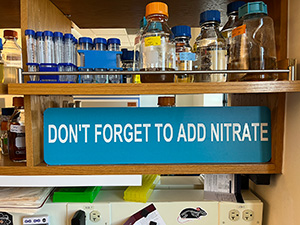
Labware
Balch Tube Tower
The Tube Tower is a flexible 3D printer layout for small foot print vertical incubation of anaerobic (i.e. stoppered & crimp-sealed) balch culture tubes. Gas exchange between media and headspace is maximized due to the horizontal position of the tubes. Tubes are secured in place with a 6” (15.2cm) wide 1/8” (3.2mm) thick standard acryl panel that slides in from...
read more
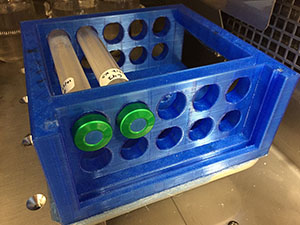
Chemostat Headplate Holder
The headplate holder makes upright assembly of chemostat head plates easy without the risk of damaging head plate attachments or needing to work on the glass vessel itself. The holders can be stacked for headplates with attachments that are too long for a single holder (see example on the right).
read more
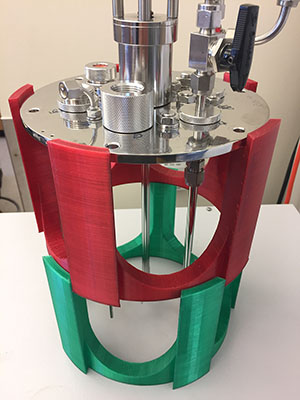
MBL Light Box
The MBL lightbox is a reusable, submersible, battery-powered narrow-spectrum LED illumination chamber with a 3D printed, environmentally exposed microscope slide holder that was designed as a low-cost solution for wave-length specific in situ enrichment of phototrophic microorganisms. The method selectively enriches for microorganisms that thrive under the provided light regime(s) but within the natural chemical environment of their native habitat....
read more
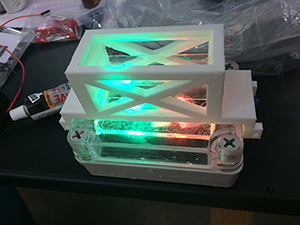
Software
ggstackplot R package
Have you ever wanted to create (partly) overlapping line plots with matched color-coding of the data and axes? These kinds of plots are common in climatology and oceanography research but there is not an easy way to create them with ggplot facets. The ggstackplot package builds on ggplot2 to provide a straightforward approach to building these kinds of plots while...
read more
Microbial Kitchen R package
The Microbial Kitchen R package is a collection of tools to simplify working with the chemical composition and speciation of defined culture media for microbial physiology and environmental microbiology research. It includes a wide range of general purpose functionality for chemical applications including built-in, data-frame-compatible chemical quantities (volume, mass, molarity, temperature, pressure, etc.) that automatically keep track of their units...
read more
isoverse / isoreader / isoprocessor / isoviewer
Isoverse is a suite of platform-independent (Windows, Mac, Linux), open-source data tools for the efficient and reproducible processing of stable isotope data. Although written primarily in R, it can be used in both RMarkdown as well as Jupyter data processing notebooks. Due to the design based on the popular tidyverse style of R programming, all isoverse packages are easily extendable and work great with tidyverse packages such as tidyr, dplyr and ggplot. It includes isoreader to read IRMS data files, isoprocessor to perform common calculations on IRMS data, and isoviewer to process files interactively...
read more
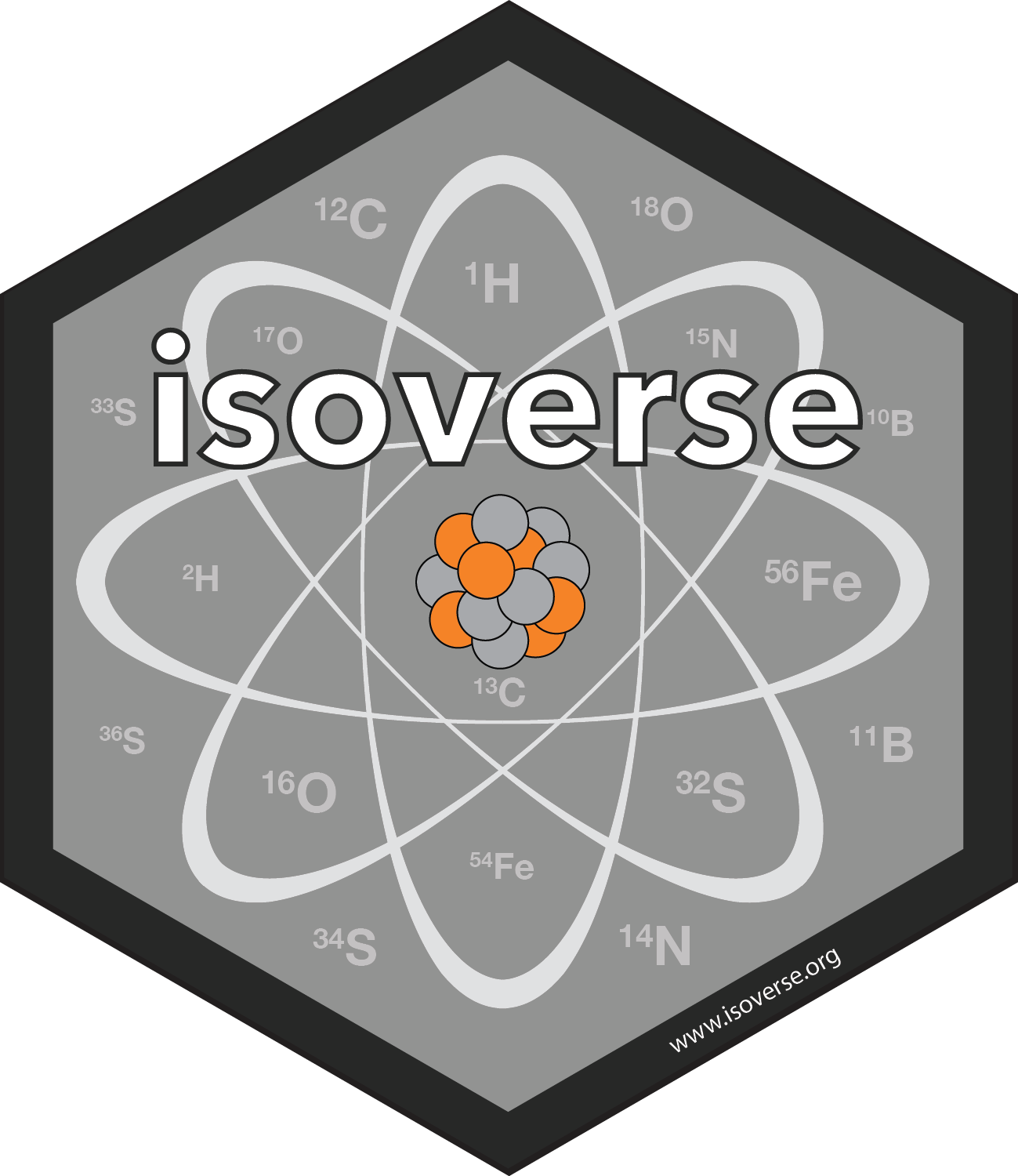
isotopia R package
In stable isotope geochemical calculations, we use a number of different representations of isotopic information and processes (ratios, abundances, delta values, alpha values, epsilon values, fractionation factors, refereence frame shifts, mass balance calculations, mass-independent effects, etc., etc.) that are constantly being converted back and forth and used for different kinds of isotope arithmetic. Very frequently, the tangle of keeping track...
read more
isotope labeling calculator
This app is intended for use in estimating expected enrichments from stable isotope labeling in microbial populations. It is based on isotopic enrichment resulting from unbiased clonal growth in the presence of an isotopic label. This app is intended to make it easy to explore this space for different isotope systems and takes care of all the isotope conversions and...
read more
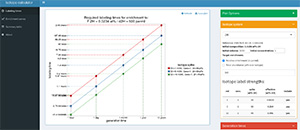
isocyclr R package
This R package is intended as an educational tool to facilitate the modeling of isotopic effects through biogeochemical pathways and cycles including non-steady state and steady-state solutions. Core functionality for the construction of reaction networks and the corresponding system of differential equations is fully implemented and can be explored for multiple isotope systems in parallel. Automatically generated reaction diagrams and...
read more
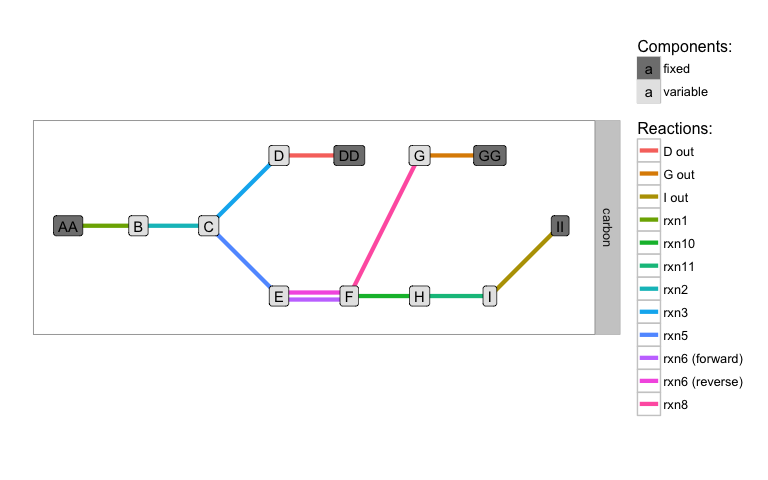
Nitrogen Cycle Dynamics
This app is a visual tool to explore the isotope dynamics of the nitrogen cycle. Its goal is to make the different processes more accessible and help students gain a more intuitive understanding of how they change the ocean’s nitrogen reservoirs. All plots can be saved as PDF and can of course be used freely, especially for educational purposes. The...
read more
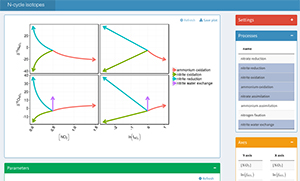
lans2r
The Look@NanoSIMS (short LANS) Matlab module written by Lubos Polerecky (Polerecky L., Adam B., Milucka J., Musat N., Vagner T. and Kuypers M. M. M. (2012). Environ. Microbiol. 14, 1009–1023.) makes it easy to process NanoSIMS data and draw regions of interest (ROIs). The lans2r package provides a convenient interface to import ion maps and ROI data generated by LANS...
read more
Protocols
Winogradsky Columns
Winogradsky columns, named after famed Russian microbiologist Sergei Winogradsky, are a great educational exercise in environmental microbiology. In the team-based-learning (TBL) Geomicrobio class at CU Boulder, every group of students sets up a series of Winogradsky columns at the beginning of the semester and observes and discusses how they develop over the course of the term. The columns help teach...
read more
